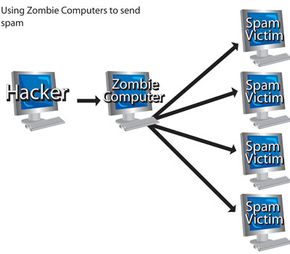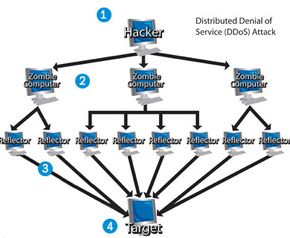
Imagine that the Internet is a city. It would undoubtedly be the most remarkable and diverse city on the planet, but it would also be incredibly seedy and dangerous. You could find the world's most comprehensive libraries there alongside X-rated theaters.
Inside this city, you would also discover that not everyone is who they seem to be -- even yourself. You might find out that you've been misbehaving, although you don't remember it. Like the unwitting agent in "The Manchurian Candidate," you discover you've been doing someone else's bidding, and you have no idea how to stop it.
Advertisement
A zombie computer is very much like the agent in "The Manchurian Candidate." A cracker -- a computer hacker who intends mischief or harm -- secretly infiltrates an unsuspecting victim's computer and uses it to conduct illegal activities. The user generally remains unaware that his computer has been taken over -- he can still use it, though it might slow down considerably. As his computer begins to either send out massive amounts of spam or attack Web pages, he becomes the focal point for any investigations involving his computer's suspicious activities.
The user might find that his Internet Service Provider (ISP) has cancelled his service, or even that he's under investigation for criminal activity. Meanwhile, the cracker shrugs off the loss of one of his zombies because he has more. Sometimes, he has a lot more -- one investigation allegedly discovered that a cracker's single computer controlled a network of more than 1.5 million computers [source: TechWeb].
In this article we'll look at how crackers can commandeer your computer, why they do it and the best way to protect yourself from malicious attacks.

